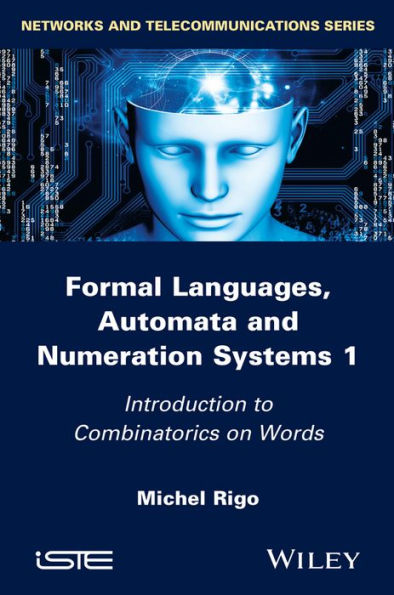Table of Contents
FOREWORD ix
INTRODUCTION xiii
CHAPTER 1. WORDS AND SEQUENCES FROM SCRATCH 1
1.1. Mathematical background and notation 2
1.1.1. About asymptotics 4
1.1.2. Algebraic number theory 5
1.2. Structures, words and languages 11
1.2.1. Distance and topology 16
1.2.2. Formal series 24
1.2.3. Language, factor and frequency 28
1.2.4. Period and factor complexity 33
1.3. Examples of infinite words 36
1.3.1. About cellular automata 43
1.3.2. Links with symbolic dynamical systems 46
1.3.3. Shift and orbit closure 59
1.3.4. First encounter with β-expansions 62
1.3.5. Continued fractions 69
1.3.6. Direct product, block coding and exercises 70
1.4. Bibliographic notes and comments 77
CHAPTER 2. MORPHIC WORDS 85
2.1. Formal definitions 89
2.2. Parikh vectors and matrices associated with a morphism 96
2.2.1. The matrix associated with a morphism 98
2.2.2. The tribonacci word 99
2.3. Constant-length morphisms 107
2.3.1. Closure properties 117
2.3.2. Kernel of a sequence 119
2.3.3. Connections with cellular automata 120
2.4. Primitive morphisms 122
2.4.1. Asymptotic behavior 127
2.4.2. Frequencies and occurrences of factors 127
2.5. Arbitrary morphisms 133
2.5.1. Irreducible matrices 134
2.5.2. Cyclic structure of irreducible matrices 144
2.5.3. Proof of theorem 2.35 150
2.6. Factor complexity and Sturmian words 153
2.7. Exercises 159
2.8. Bibliographic notes and comments 163
CHAPTER 3. MORE MATERIAL ON INFINITE WORDS 173
3.1. Getting rid of erasing morphisms 174
3.2. Recurrence 185
3.3. More examples of infinite words 191
3.4. Factor Graphs and special factors 202
3.4.1. de Bruijn graphs 202
3.4.2. Rauzy graphs 206
3.5. From the Thue–Morse word to pattern avoidance 219
3.6. Other combinatorial complexity measures 228
3.6.1. Abelian complexity 228
3.6.2. k-Abelian complexity 237
3.6.3. k-Binomial complexity 245
3.6.4. Arithmetical complexity 249
3.6.5. Pattern complexity 251
3.7. Bibliographic notes and comments 252
BIBLIOGRAPHY 257
INDEX 295
SUMMARY OF VOLUME 2 303



